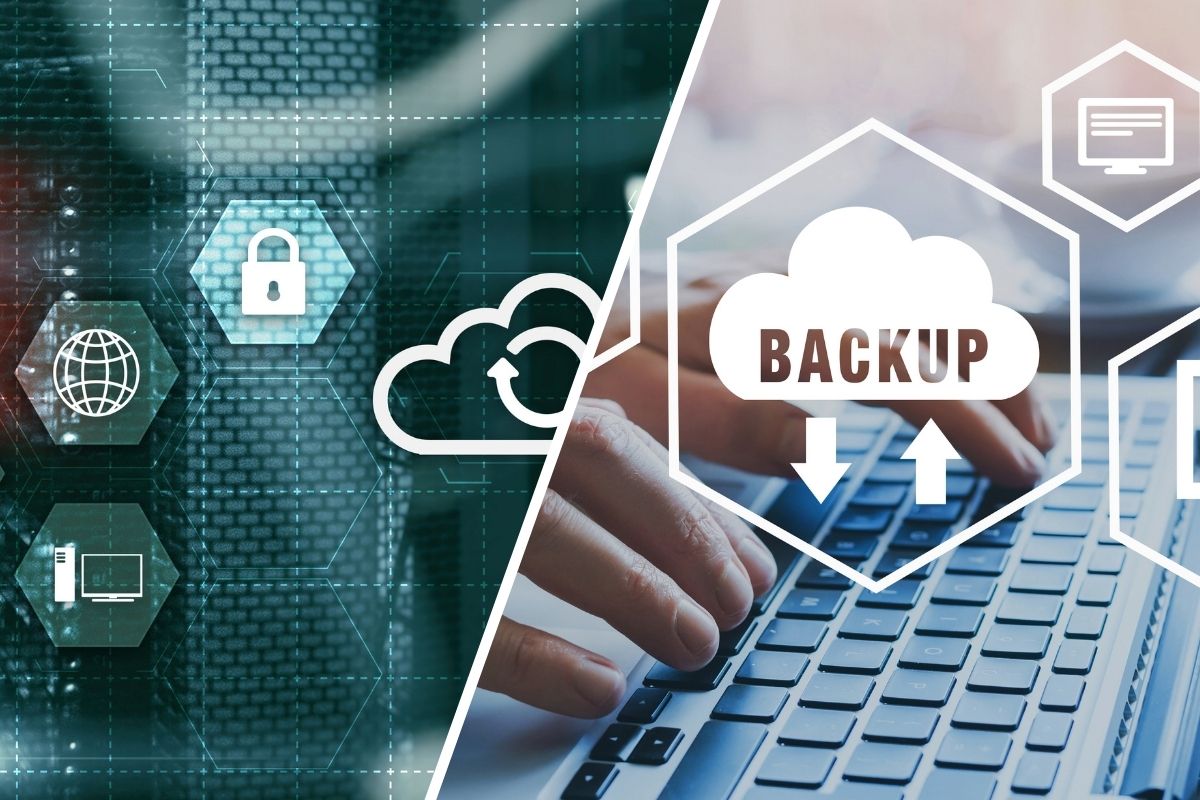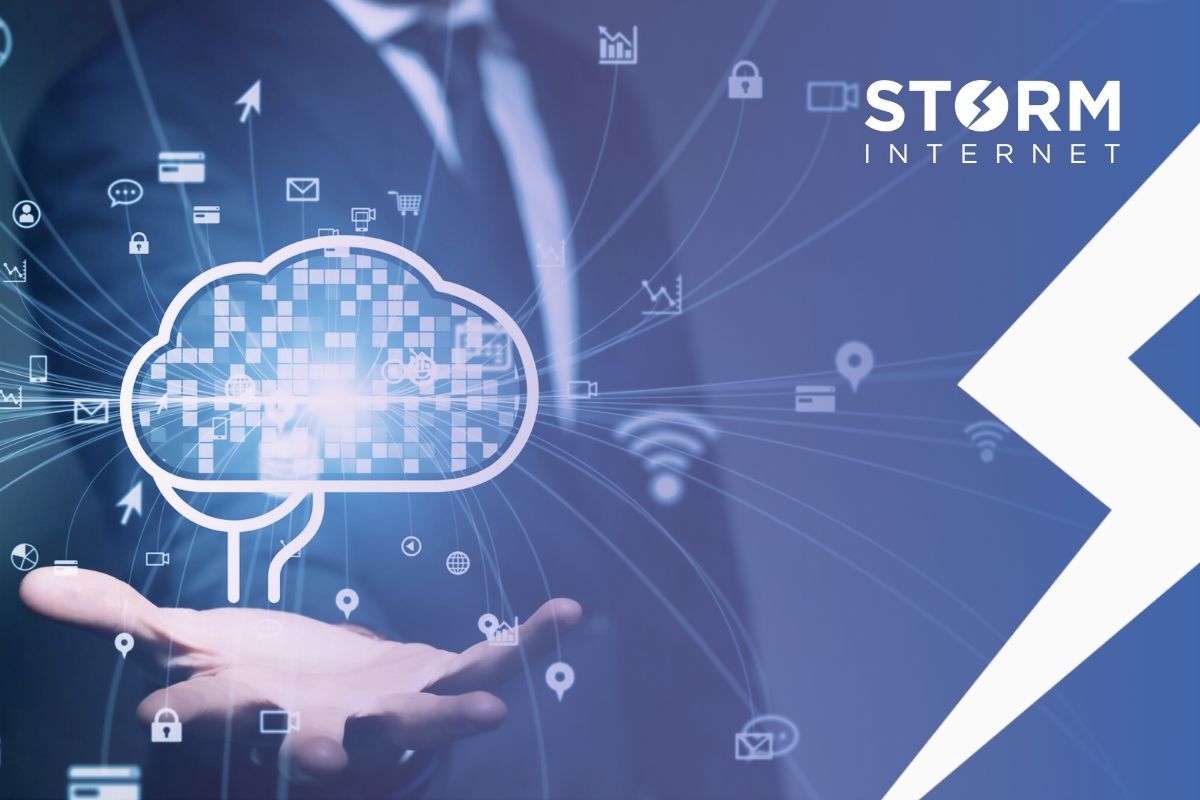Backups & Disaster Recovery
Disaster Recovery for SaaS Companies: How DRaaS Protects More Than Just Your Data

The Software as a Service (SaaS) industry has experienced explosive growth, largely fuelled by rapid advancements in artificial intelligence (AI) and machine learning (ML). By 2025, nearly half of all SaaS companies are expected to incorporate AI into their platforms, significantly enhancing innovation and customer experience. However, this rapid growth has also increased digital vulnerabilities. Traditional security and recovery models often struggle to adapt to the dynamic and decentralised nature of SaaS environments, highlighting the necessity of robust disaster recovery solutions.
Disaster Recovery as a Service (DRaaS) emerges as a pivotal solution, extending beyond traditional data protection to safeguard overall business continuity, mitigate operational risks, and minimise the consequences of inadequate recovery.
Understanding Disaster Recovery for SaaS
Disaster Recovery (DR) refers to the strategies and procedures to recover IT systems and data following disruptions. Disaster Recovery as a Service (DRaaS) takes this further by offering cloud-based, outsourced recovery services that include automated failover, near real-time data replication, and simplified management.
For SaaS companies, DRaaS is particularly relevant due to their reliance on continuous availability and seamless service delivery. Unlike traditional DR, which often demands extensive physical infrastructure and manual intervention, DRaaS simplifies management through automation, drastically reducing recovery times and enhancing overall effectiveness.
Beyond Data – What DRaaS Really Protects
A common misconception is that disaster recovery solely involves data backup. In reality, DRaaS offers extensive protection in critical areas beyond just data:
- Application Availability and Continuity: DRaaS ensures that SaaS applications remain accessible even during severe disruptions, minimising downtime.
- Customer Confidence and Reputation: Swift recovery capabilities maintain service levels, preserving customer trust and protecting the company’s brand reputation.
- Compliance and Regulatory Requirements: DRaaS supports compliance with standards such as GDPR by ensuring secure, resilient backup and recovery processes.
For instance, when faced with a ransomware attack, DRaaS can rapidly restore unaffected data backups, allowing uninterrupted service delivery and avoiding significant reputational damage.
Ensuring Business Continuity
In the context of SaaS, business continuity involves strategic plans to maintain critical operations despite any disruptions, be they online attacks, natural disasters, or technical failures. DRaaS directly supports business continuity by minimising downtime through automated recovery processes and near-instantaneous failover capabilities.
Real-world scenarios highlight its effectiveness. When a German telecom faced a devastating fire at a central switching centre, DRaaS solutions enabled rapid service restoration within hours, demonstrating crucial resilience against infrastructure disruptions. Similarly, SaaS providers affected by major online attacks or cloud outages have utilised DRaaS to quickly resume operations, protecting revenue and preserving customer trust.
The financial impacts of prolonged downtime without robust business continuity measures can be severe. Losses can escalate rapidly from operational paralysis, customer churn, and regulatory fines, underscoring the necessity of reliable DRaaS solutions.
Mitigating Operational Risk
Operational risks in SaaS include system downtime, productivity loss, data breaches, and increased customer churn. DRaaS mitigates these risks through:
- Automated Recovery Procedures: DRaaS eliminates manual intervention, reducing human error and accelerating recovery.
- Regular Testing and Validation: Frequent, automated testing of recovery plans ensures operational readiness and reveals vulnerabilities early, enabling proactive risk management.
Consider two SaaS providers – one with DRaaS and another without. During a power outage, the provider without DRaaS experiences extended downtime due to manual recovery procedures, severely impacting customer service. In contrast, the provider with DRaaS automatically shifts services to a secondary data centre, achieving minimal disruption and maintaining operational stability.
Consequences of Slow or Incomplete Disaster Recovery
Inadequate disaster recovery capabilities pose serious risks:
- Revenue Loss: Extended downtime directly affects revenue streams, causing substantial financial harm.
- Reputational Damage: Failure to recover quickly erodes customer confidence, significantly harming brand image.
- Increased Customer Churn: Dissatisfied customers may quickly move to competitors, causing long-term business impacts.
- Compliance Penalties: Failing to swiftly restore data and operations can result in regulatory fines and legal consequences.
Real-world incidents further illustrate these risks. For example, CDK Global experienced extended operational disruption due to repeated cyberattacks, severely damaging its reputation and customer relationships. Similarly, Northern Lincolnshire and Goole NHS Foundation Trust’s ransomware attack led to operational paralysis lasting several days, highlighting critical recovery failures.
Why DRaaS Makes Sense for SaaS Companies
Adopting DRaaS provides several strategic advantages for SaaS companies:
- Predictable Costs: DRaaS operates on a subscription-based, scalable cost model, eliminating significant upfront capital expenditures associated with traditional DR setups.
- Expertise and Resource Optimisation: Outsourcing disaster recovery management to specialised DRaaS providers frees internal teams to focus on core business functions and innovation.
- Enhanced Scalability and Flexibility: DRaaS solutions effortlessly scale with business needs, accommodating rapid growth or fluctuating workloads common in SaaS environments.
- Improved Compliance and Risk Management: Providers ensure robust compliance practices, simplifying regulatory adherence and reducing compliance-related risks.
Choosing a reliable DRaaS provider involves evaluating critical criteria such as reliability, speed of recovery, service level agreements (SLAs), and the provider’s ability to deliver continuous data protection and rapid recovery times.
Conclusion
The significance of DRaaS for SaaS providers extends far beyond simple data protection. It represents a comprehensive strategy for ensuring continuous business operations, robust operational stability, and sustained customer confidence during crises.
For SaaS companies, investing in a sophisticated DRaaS solution is an essential step toward safeguarding business continuity, minimising operational risk, and preventing severe losses due to inadequate disaster recovery capabilities. SaaS providers should review and enhance their current disaster recovery strategies proactively, ensuring they are fully prepared to withstand future disruptions and protect their business longevity.
Speak with a Storm Expert
Please leave us your details and we'll be in touch shortly
A Trusted Partner








